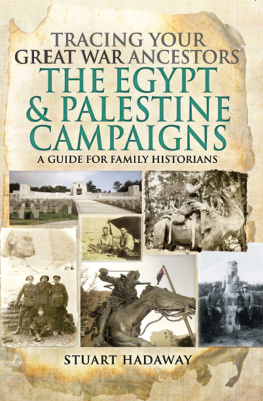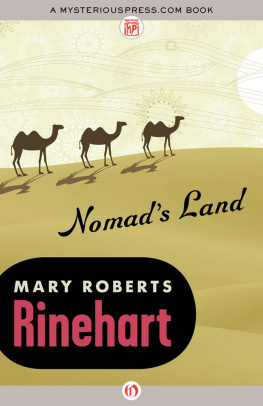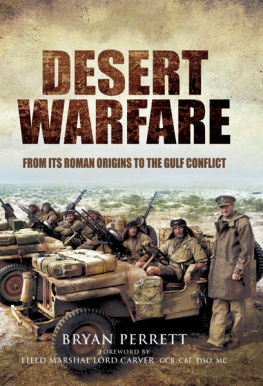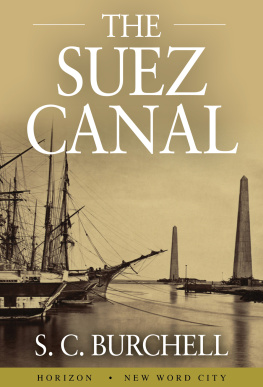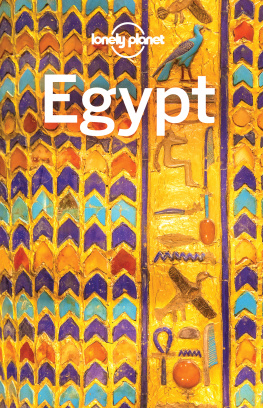
To the memory of David Moscato
19512013
Who taught me all I know about horses, and much else besides.
I would like to thank many people for their help while researching and writing this book. On the home front, Id particularly like to acknowledge my debt to Nina for her constant support, understanding, advice and patience, and to my parents for their support. A special thank you goes to Marnie for her help on SW duties.
More professionally, as always David Buttery has been a great help, and Id especially like to thank him for his work on the production of the excellent maps. My interest in this campaign was first sparked many years ago while working for the Museum of the Worcestershire Soldier (to which I recommend all readers as being well worth a visit), and Id like to thank Colonel Stamford Cartwright MBE for his (and his regiments) many kindnesses and support then and since. My bibliography would have been considerably thinner without the help of Chris Kellas, Caroline Chapman, David Kivlehan, and the staff of the Prince Consorts Library at Aldershot, and I owe them all my thanks. And, as ever, the staff at the Imperial War Museum have been very helpful.
For the production of this work, Id like to thank (apart from Dave, again, for the maps, despite being busy with his own book) all of the staff at The History Press, particularly Jo de Vries, Sophie Bradshaw, Rebecca Newton and Paul Baillie Lane. Id also like to thank the Trustees of the QOWH for their permission in the reproduction of some of the illustrations, and Lee Barton for his technical assistance with scanning.
CONTENTS
I was delighted to be asked to write a brief foreword to this book, Pyramids and Fleshpots , as much of the content mirrors the experiences of officers and soldiers from my former regiment, The Queens Own Warwickshire and Worcestershire Yeomanry which, prior to amalgamation in 1956, served in the First World War, in the Middle East as separate county yeomanry regiments, The Warwickshire Yeomanry and The Queens Own Worcestershire Hussars. Their movements, over the four years of warfare and policing duties, can be traced in many of the chapters throughout this book.
Over the next four or five years, as we approach the one hundredth anniversary of The Great War, the British public will learn a great deal about the First World War through exposure to images and stories in the media. These images are most likely to feature the Western Front in France and Belgium as it dominated much of the news at the time.
However, on other fronts, namely Gallipoli and the Middle East, the British and Dominion Troops were fighting a very formidable enemy in the shape of the soldiers of the Ottoman Empire.
Into these theatres of war stepped cavalry and infantry regiments from Britain and overseas, many of these units formed from Territorial or Reserve soldiers who had no experience of fighting in battle except for those, relatively few in number, who volunteered to serve with the Imperial Yeomanry during the Boer War.
These untried and untested soldiers would play a crucial role at Gallipoli, being forced to trade their sabres and horses for bayonets and infantry backpacks and experiencing the horrors of trench warfare in the blazing heat of the peninsula. When the campaign in Gallipoli was brought to an end the much depleted regiments were withdrawn to Egypt to regroup, re-equip and take their places in the order of battle in the Sinai and Palestinian campaigns as part of the Egyptian Expeditionary Force (EEF). They would learn the tactics of desert warfare, some would learn to ride camels rather than the familiar mounts they had ridden at home and many would experience for the first time the intoxicating atmosphere of the Middle East, many taking a step outside their country, or indeed their county for the first time.
This book paints a fascinating and detailed picture of the preparations for the protection of the Suez Canal and how critical it was to the Allied war effort to maintain the flow of traffic through the Canal to ensure the passage of goods to and from the Empire.
This book would be a first-class read for those who make a study of the war in the Middle East; however, it also provides a fascinating glimpse, for the casual, interested reader, at the life of the soldier from Britain and the Empire, as well as Ottoman Turkey, who served in this theatre for four long, hot, dusty years, where the reliance was on your comrades and your horse.
Colonel (Retd) Stamford J. Cartwright MBE TD
Chairman Worcestershire Yeomanry Museum Trust
January 2014
NOTE ON NAMES, QUOTES, TERMINOLOGY AND FOOT/
END NOTES
This book principally concerns two empires, each of which contained numerous nationalities and ethnic groups. As a rule, I have kept to the terms Ottoman and British to refer to the political entities of the opposing forces. The forces of the British Empire and its Allies in Egypt are generally referred to as the British, although they also included (among others) Australians, New Zealanders and Indians. Where particular nationalities were the majority of the forces involved, due credit has been given. The Ottoman Army mainly consisted of Turkish troops from Anatolia, although it also included Arab and Bedouin forces. Again, the term Ottoman has been used as a cover-all, with particular sub-contingents credited where appropriate.
I have taken a few liberties with the official British Army nomenclature of First World War combats. The official system says that any engagement that involved less than a full division of British troops (roughly 18,000 men) was an Affair. If it involved one or more complete divisions, it was an Action, and one or more complete army corps (each about 38,00040,000 men) upgraded the fight to being a full Battle. This system was drawn up by the Army Council in 1920 to standardise the terminology in the official histories and for battle honours, and was very much based on the standards of the Western Front. It was recognised that it was less than fair on some of the peripheral campaigns, where fewer troops were involved, and indeed by these standards the only true Battle in the Egyptian theatre between 1914 and 1916 was Romani. However, considering that the defence of the Suez Canal in February 1915 involved, directly or as reserves, the whole of the British forces in Egypt, and took place over a front of 100 miles, I have unofficially promoted this to the status of Battle, too.
A certain amount of liberty has also been taken with Arab or Ottoman names, be they places or people. For places, I have largely stuck to the names used at the time (i.e. Constantinople instead of Istanbul and Cairo for al-Qahirah) or the most common spelling. Arabic names get recorded in an entertainingly varied number of ways in Western sources, but I have taken the most common and, except in direct quotes, stuck with that. For the names of persons, given the difficulties of Anglicising Arab or Ottoman words, I have used my own judgement on which is the most acceptable translation.
It should also be noted that some of the words used in quotes are very much of their time when it comes to opinions regarding the locals in Egypt. These have been left in as reflecting the honest views of those present, even if they are utterly unacceptable today.
I have used both footnotes and endnotes. As a rule, footnotes (at the bottom of the page) give additional information that is directly relevant to the matter at hand, but would clog up the text too much, i.e. the units that constituted various columns or forces. Generally I only do this for temporary formations put together for a particular action or campaign, and for the composition of permanent formations I recommend that you consult the Orders of Battles in the Appendices.
Next page
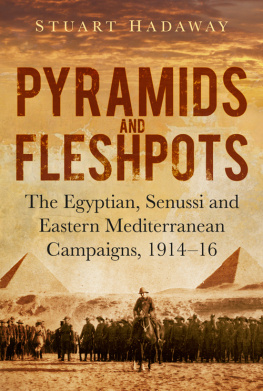
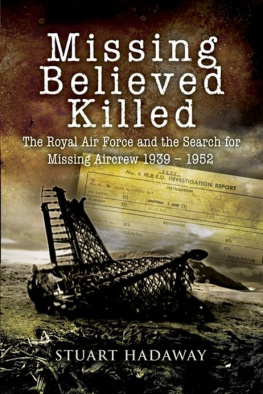


![Lt Col C. G. Powles - THE NEW ZEALANDERS IN SINAI AND PALESTINE [Illustrated Edition]](/uploads/posts/book/399129/thumbs/lt-col-c-g-powles-the-new-zealanders-in-sinai.jpg)
